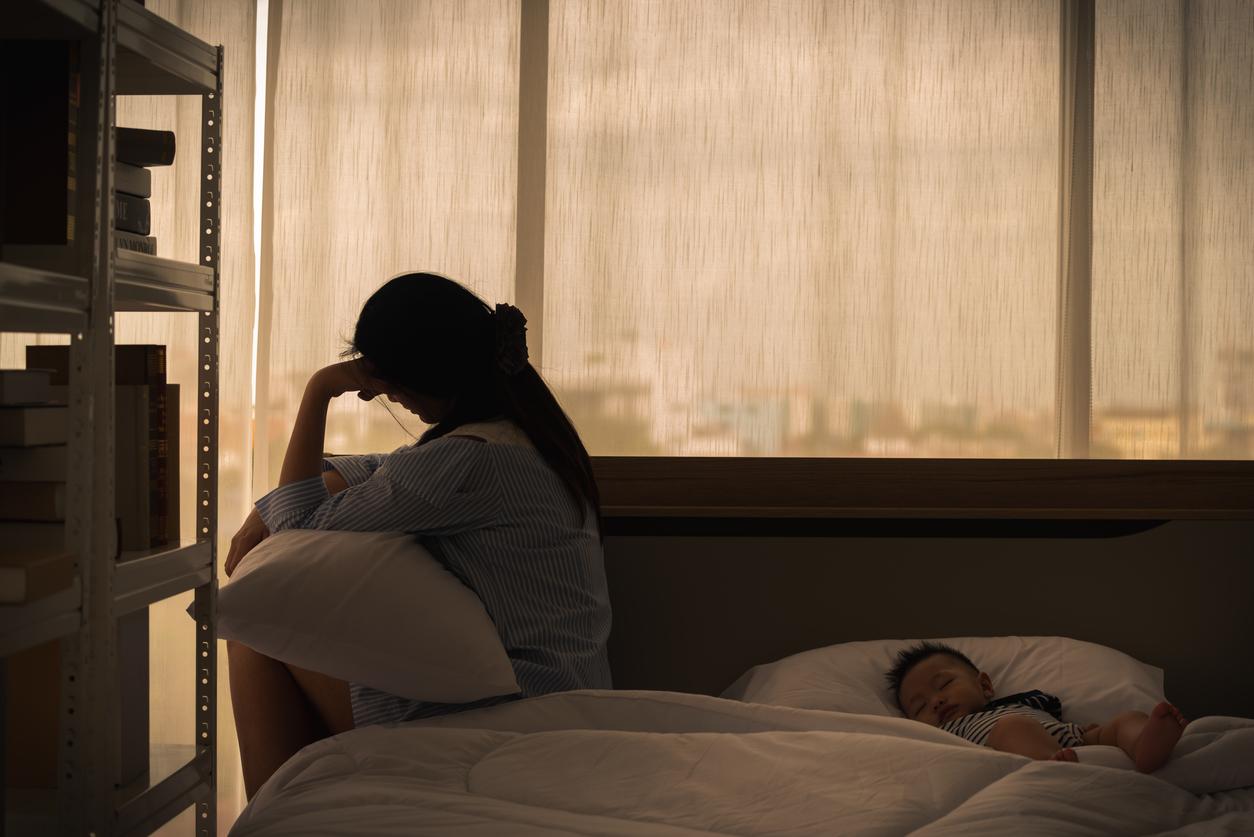The figures for suicidal thoughts and suicide attempts between 2010 and 2021 among the French working population show marked differences depending on gender, age and sector of activity.

- Between 2010 and 2021, the prevalence of suicidal thoughts among employed workers remains stable but varies according to sex, age and profession.
- Women are more affected than men, with peaks among young adults (18-24 years) in 2021. The causes are mainly professional for men and family for women.
- Suicide attempts, although rare, mainly concern young people. Poor perceived health and isolation increase risks, while living with a partner or children is protective.
“France has one of the highest suicide rates among European countries.” In its weekly epidemiological bulletin, published this Tuesday, December 10, Public Health France (SPF) takes stock of the prevalence of suicidal thoughts and suicide attempts declared by people in professional activity in mainland France, as well as the reasons for them. assigned. All data comes from the SPF Barometers of 2010, 2014, 2017, 2020 and 2021.
Suicidal thoughts: disparities according to sex, age and profession
Since 2010, the overall prevalence of suicidal thoughts among employed workers remains moderate (3.6% in 2010). However, women are systematically more affected than men. For example, in 2021, 8.6% of women aged 18 to 24 reported being affected, compared to 5.8% of men in the same age group. Professional reasons dominate among men (41 to 46%), while women mainly cite family reasons (42 to 43%).
It also appears that young adults (18-24 years old) are increasingly vulnerable: in 2021, they represented the age group most affected by suicidal thoughts, with a risk two to three times higher than other groups. “This study confirms the sharp deterioration in the mental health of younger adults observed in the general population since the Covid-19 pandemic”notes the SPF bulletin.
Among employees, the prevalence reached 5.6% in 2020, a figure much higher than that of other professional categories. These disparities are accentuated in certain sectors such as accommodation and catering and education, where the prevalence is particularly high.
Suicide attempts: worrying peaks
Suicide attempts, although rarer (prevalence less than 0.5%), experienced significant peaks in 2014 and among young people (18-24 years) in 2020. The reasons, often multiple, remain mainly family and sentimental. .
Analyzes show that young adults, isolated people (without a spouse or child) and those in financial difficulty are particularly at risk. Poor perceived health also increases the risk of suicidal thoughts (up to 9.3 times in the most severe cases). Conversely, living as a couple or with children plays a protective role.
These data underline the importance of targeted interventions, particularly among young workers and the most vulnerable socio-professional categories. An adapted approach could prevent these risks and promote better psychological support in professional and personal environments.

















